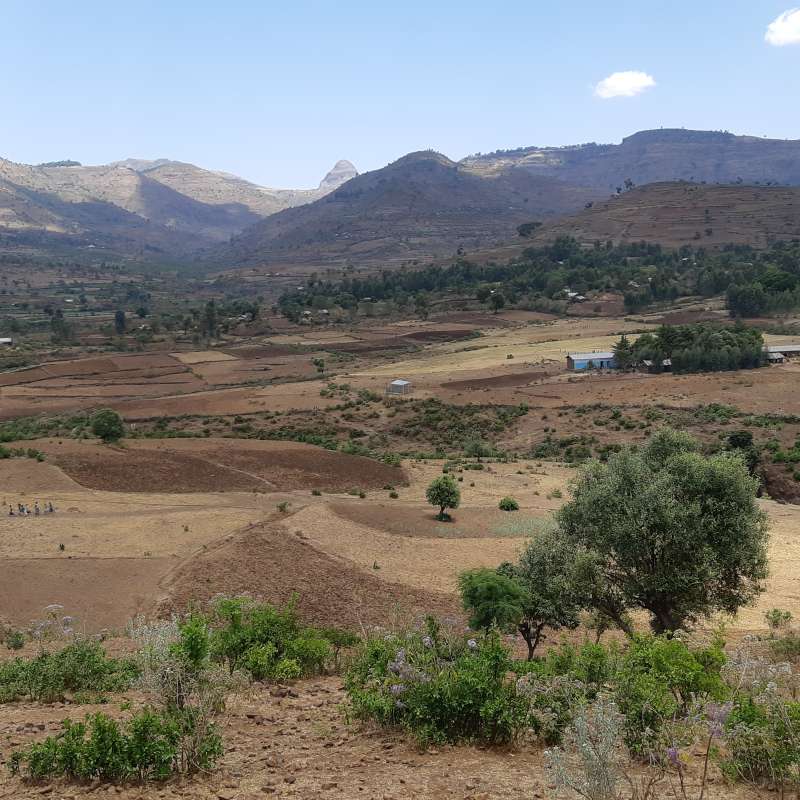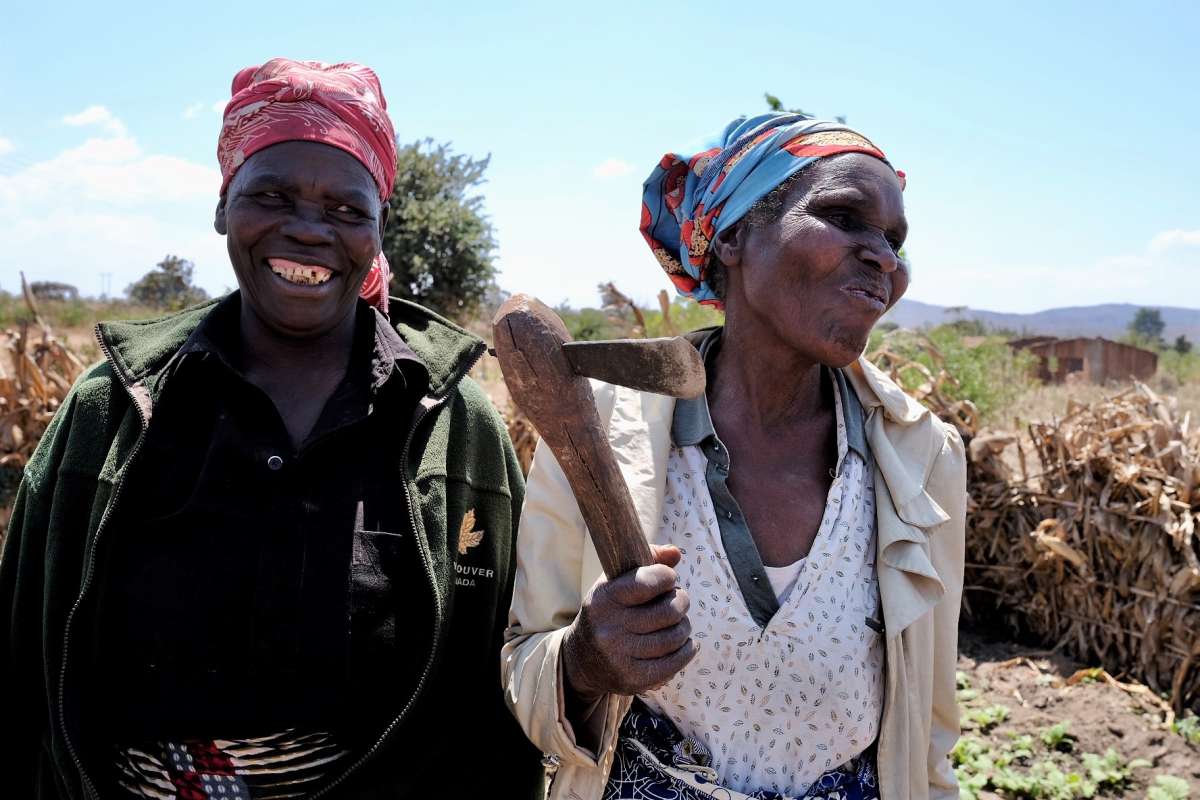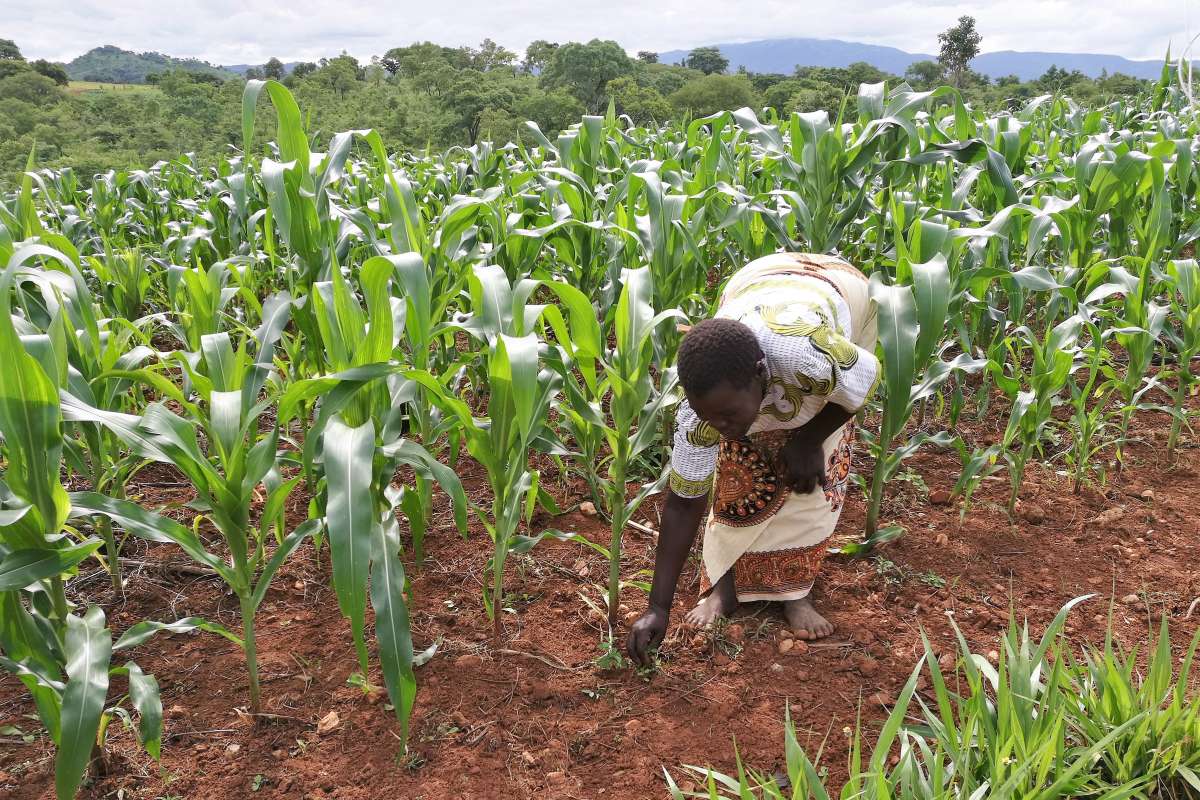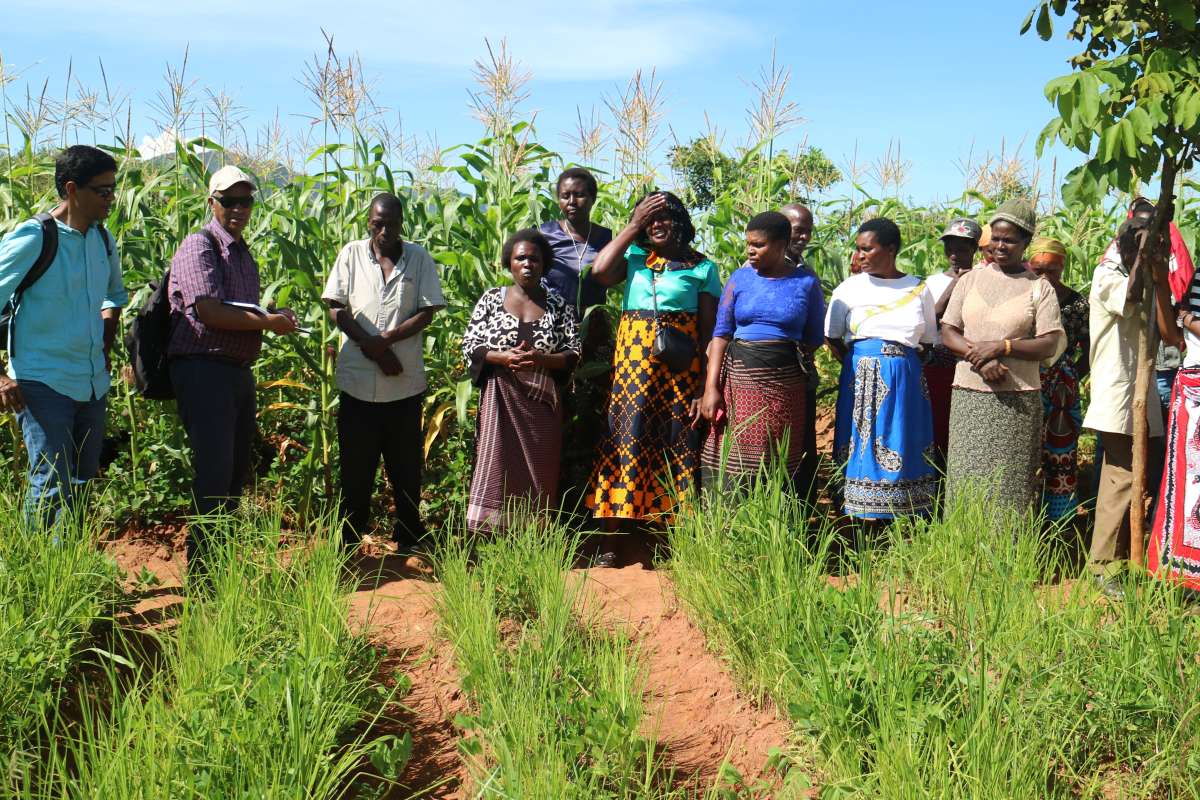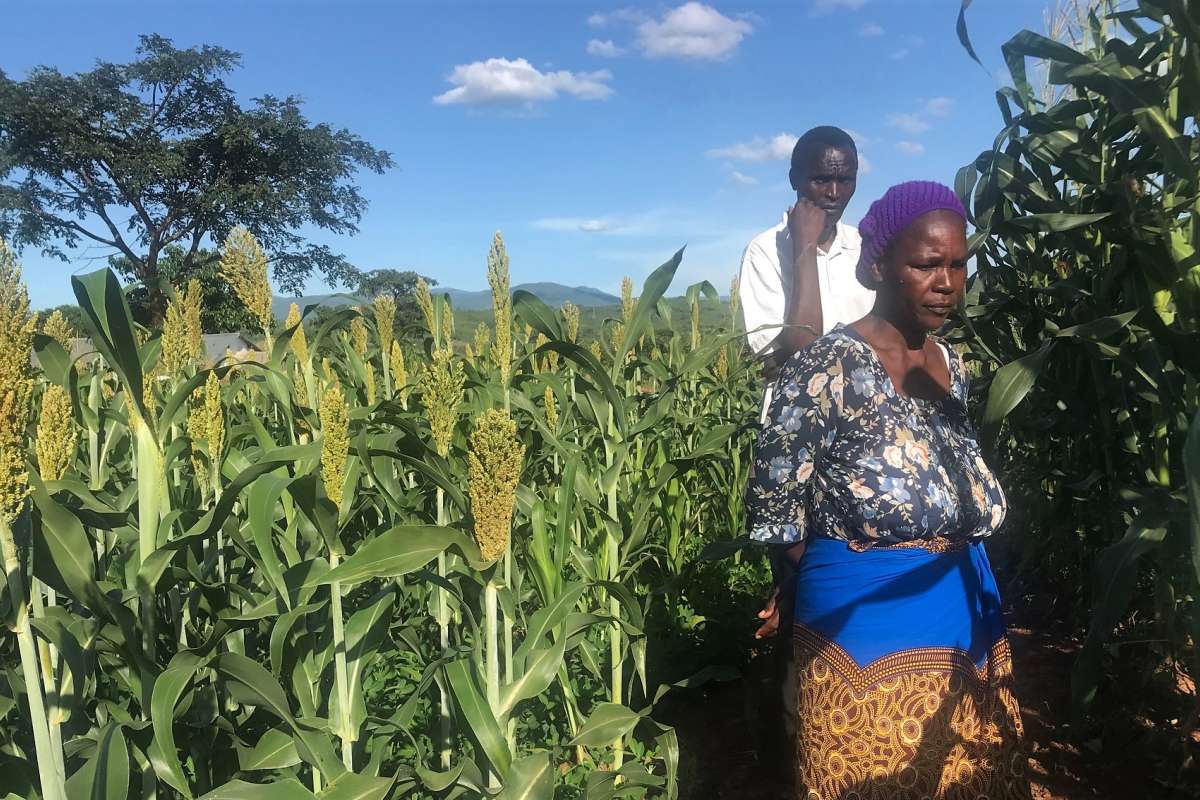Cultivation of livestock fodder can provide better soil in Ethiopia
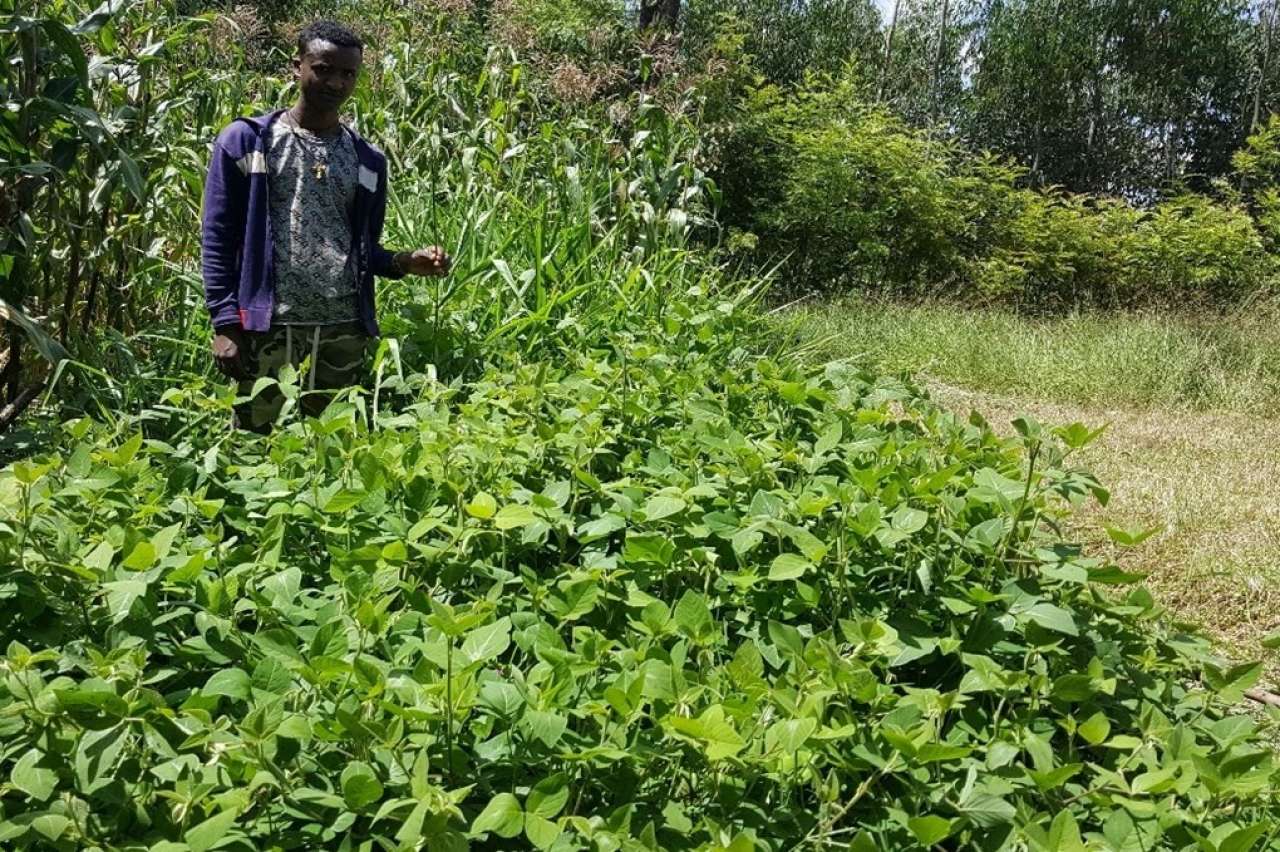
Yismahu Jemere, a young smallholder farmer showing the performance of the mixed forage trial in his field in Dangila, Amhara region in Ethiopia. Photo: Alliance / Feyera M. Liben
Livestock are important for economy and livelihood in rural Ethiopia, but simultaneously grazing animals create a major problem with erosion and soil degradation. One measure to improve soil quality could be to grow grass and legumes for fodder. Now various grassland mixtures are being tested by Ethiopian smallholders.
On a field in the Dangila area, in the Amhara region in northwest Ethiopia, farmer Yismahu Jemere is out inspecting the crop he planted this summer. The young farmer is one of 300 Ethiopian smallholders who are testing out the cultivation of forage mixtures as a part of the EthiopiaGrass research project. His field is looking green and lush, and Yismahu says that he has great faith in the mixture of Mombasa (grass) and Desmodium (legumes), one of three experimental forages he grows on the small trial field.
"This grass and legume mixture grows very quickly with high biomass. It also covers bare ground quickly and will replace my local fodder grass", he says - and adds that the fast-growing grass can be used as feed for oxen early in the season when there is a shortage of fodder.
But the small-scale farmer is not only interested in producing biomass, but he also has high hopes that the forage crops will protect the soil against erosion. The northern and southern highlands of Ethiopia are very exposed to erosion due to a lack of vegetation cover. Yismahu and his family are an example of millions of farmers who are often affected by a lack of livestock feed due to soil degradation.
Livestock provide a lot of employment in the countryside and are central to the country's economy, but also contribute to the degradation of the soil. Available land is small, and approximately 90% of livestock feed today comes from shared pastures where there are already too many grazing animals. This will in turn lead to increased soil and land degradation. Climate change is predicted to worsen the situation and threaten ecosystems and livelihoods in sub-Saharan Africa - especially in Ethiopia. Competing land use practices, changing demography and dynamics in the country further exacerbate the fodder shortage. Developing agriculture in Ethiopia into a robust and sustainable agricultural system will require drastic changes in animal husbandry and land management.

A multifaceted solution
One measure to improve the soil could be to grow grass and legumes for fodder, as Yishmau is now doing. Perennial fodder crops improve the soil quality and accumulate carbon, provide food for the animals, and can also become an additional income for the farmers through the sale of surplus fodder.
In the Ethiopia Grass project, a selection of Ethiopian small-scale farmers in the northern and southern highlands region will test the cultivation of various combinations of grass and legume mixtures for fodder on their own land. This is a new approach to feed and food production, land restoration and climate resilience in Ethiopia, and a little-tested measure in tropical climates. One year into the NIBIO-led project, 300 farmers have planted various fodder crops with very promising results, and several trials are under way.
"In the past, tree planting has been used to counteract erosion, but trees take a long time to establish themselves. In Ethiopia, most farmers have livestock, and livestock need feed. Today, farmers use crop residues in addition to letting the animals graze freely. In many places, women and children also collect wild plants to sell as fodder. Cultivating grass is not particularly widespread. Most farmers have very small land of less than one hectare and must use the land for what they need themselves or can sell. It is not realistic for them to cultivate large areas with fodder. In this project, we therefore look at fodder crops as part of a rotation, where they grow some fodder crops and some field crops", says Marit Jørgensen, project manager and researcher at NIBIO.
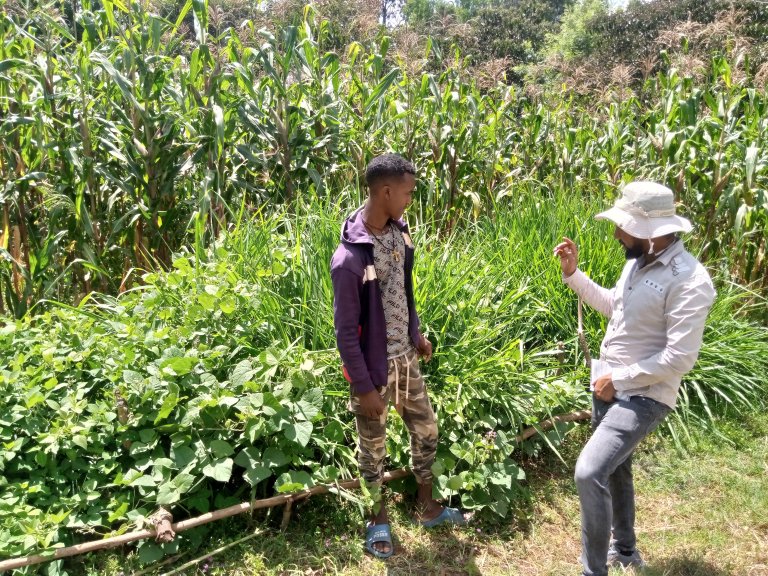
Growing well
She explains that Yishmau is part of a scheme where the farmers test out fourteen different species and mixtures of forage crops.
"We are underway with the first trials. We distributed three randomly assigned combinations of forage crops to a total of 300 farmers in the Amhara region in the north and Sidama region in the south this summer. These forage crops were then sown by each farmer on three plots of 4m2. We are very excited about the results, because this has not been done before", says Jørgensen, and emphasises that it is a big scheme where many people need to be reached.
She has also been excited to discover how this would work in practice; would the farmers accept and use the mixtures. How would the evaluation go - do they think it works? Farmers evaluate the performance of these crops together with agriculture extension workers that report the results into a digital platform that will allow us to statistically analyse how well the different species and mixtures perform under various conditions. To get more direct feedback, the researchers have also used a group on the messaging service Telegram, where farmers can give information about the development, get advice, and send pictures.
"What we see is incredible. In just a few months there has been enormous growth of the crops. It is also nice that most of the farmers are very positive and that it has gone so well for the majority. In some areas, it has not worked as well, but the overwhelming majority have had successful growth. Climatic conditions can have an impact. Ethiopia is, among other things, affected by drought", the NIBIO researcher says.
Expanding to more farmers
Jørgensen says that the first harvest has now been undertaken. All the farmers will be followed up further, and in addition the researchers will now contact 350 new farmers - divided into the two regions, in the Amhara region in north, and in the Sidama region outside the town of Hawassa in the south.
She says that the farmers have been given several criteria to evaluate, e.g., what was the easiest to sow, what was the most difficult, what kind of plants come first and last, which of them cover the best and the worst, and what kind of mixtures get the best and the worst yield at harvest. The farmers also test the fodder on their animals, to see if they have preferences. Is there anything they eat up quicker?
"Based on the various criteria, we get an overview as to what kind of plants will perform best. There is one local type of grass, and the others are cultivated types of grass and legumes. One of the mixtures has stood out, but it is still too early to draw conclusions", says Jørgensen, and adds that it is not only the size of the crop that determines the conclusion either.
"Variables such as different types of farming practises and who manages the farm may have an impact, in addition to soil and climate conditions. Perhaps some plants give a large crop but require too much work or it turns out that the animals prefer other mixtures. We have not investigated these criteria yet", she says.
Seed material is a challenge
According to Jørgensen, Ethiopia Grass is a research-focused project and not an aid project. This means that scaling up is not the goal of this project.
"We hope that the project results will have a long-term impact, but there are some key challenges, including seed material. We had to import the seeds to Ethiopia, and it was a difficult process due to bureaucracy. There is another project at CIAT that works with seed production in Ethiopia. But these different aspects need to catch up with each other before it can be implemented on a larger scale".
There is also a need for more knowledge on how plants affect soil processes, the project manager points out.
"In this project, we have a PhD student who is now carrying out trials with two grass species and two leguminous plants in climate chambers in Tromsø, Norway. He will study how perennial plants can contribute to better soil conditions."
The project will end in autumn 2024.
"Then we will make recommendations based on the experience and knowledge gained in the project. But I think this is an area that needs to be worked on systematically for many years to make the right choices and gain more knowledge", concludes Jørgensen.
Contacts

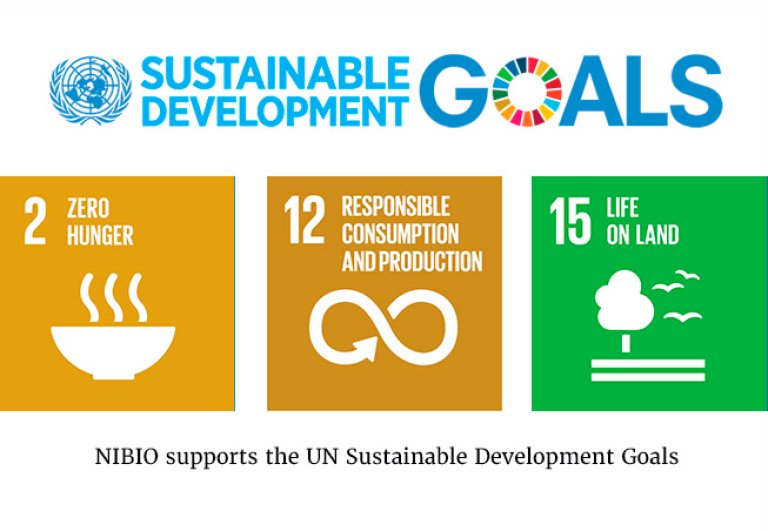
Facts about Ethiopia
Ethiopia has a total land area of around 1.14 million km2. It is known as the "Land of Origins", where many important archaeological and paleontological milestones have been uncovered. It is Africa's second most populous country, with an estimated 120 million people.
Livestock is a key component of Ethiopia's agricultural sector – in fact, the country has the largest livestock population in Africa, with 70 million cattle, 42 million sheep, 52 million goats, 8 million camels and 56 million chickens. Ethiopia's agricultural sector is dominated by small-scale farmers who practice rainfed mixed farming with traditional technology and low production. Smallholders account for more than 90% of total agricultural production.
Ethiopia Grass
Ethiopia Grass is implemented by the Alliance of Biodiversity & International Center for Tropical Agriculture (CIAT) in collaboration with project owner Norwegian Institute of Bioeconomy (NIBIO), the Norwegian University of Environmental and Biosciences (NMBU), Trinity College Dublin, Hawassa University and Bahir Dar University.
The project is financed by the Norwegian Research Council and funds from NMBU.
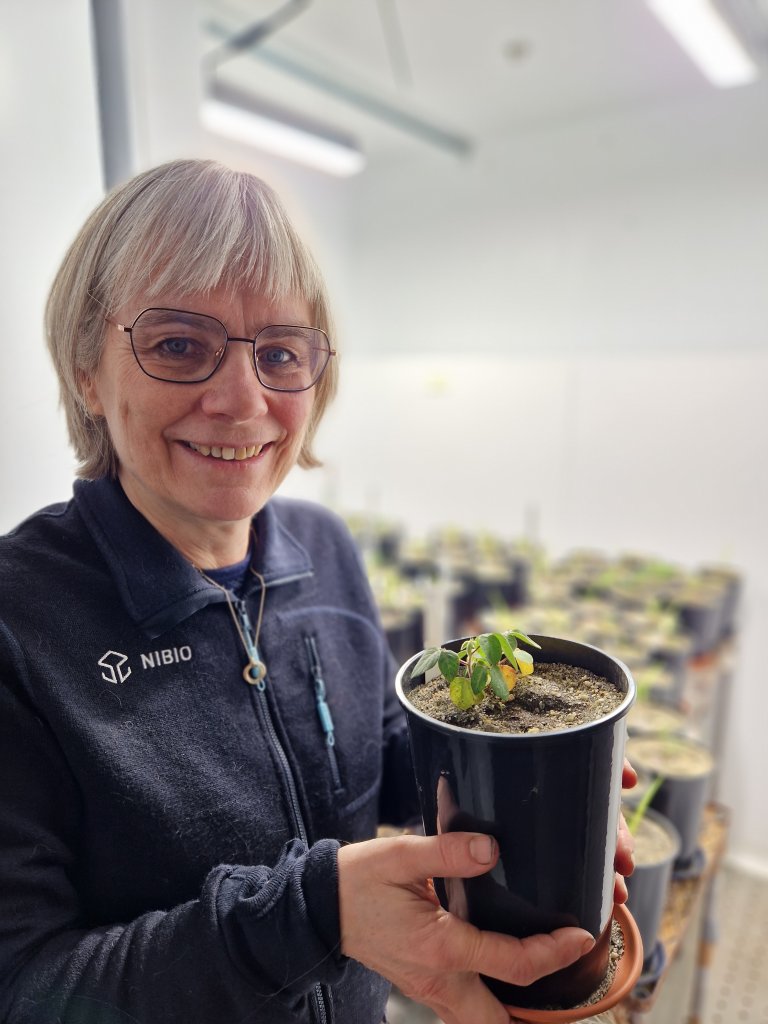

Contacts


